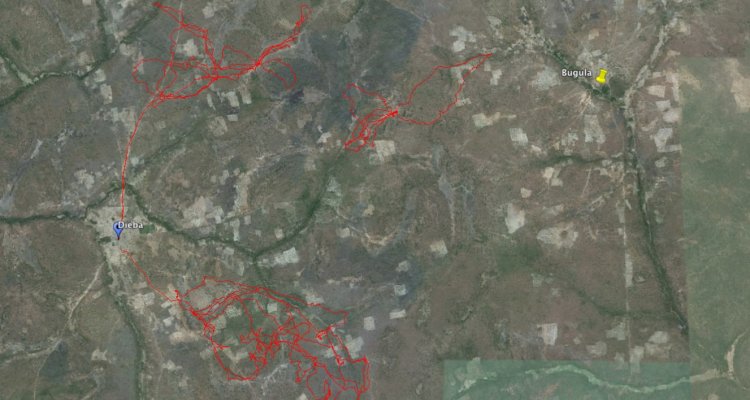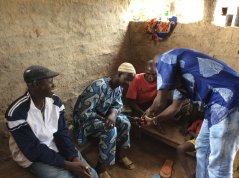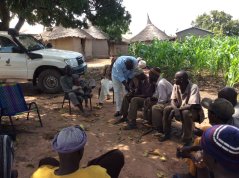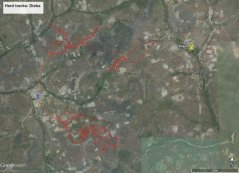
News
Tracking cattle herds in Mali
Sustainable intensification of livestock production in a sub-humid region.
In November, Mary Ollenburger of PPS has been working with B.Sc. student Demba Fofana and local partners to track cattle herds in the district of Bougouni in southern Mali. Four herds each in two villages were fitted with GPS tracking collars and followed near the end of the rainy season to identify lengths and locations of movement. This will be combined with measurements of available fodder to look at feed supply and demand for grazing herds.
First maps show that herds travel from 5-15 km/day during this part of the year. Herders tell us that during the dry season herds range further, and that the areas they use change as different species and land types dry out faster. We will track these herds every two-three months through one year to map these variations. This allows us to better understand and quantify the grazing pressure in the area and to identify feed deficits that can lead to better recommendations for targeting supplemental feeding.
Mary works on sustainable agricultural intensification in southern Mali for her PhD project, which is funded by the McKnight Foundation’s Collaborative Crops Research Program (CCRP) and USAID’s AfricaRISING program.


